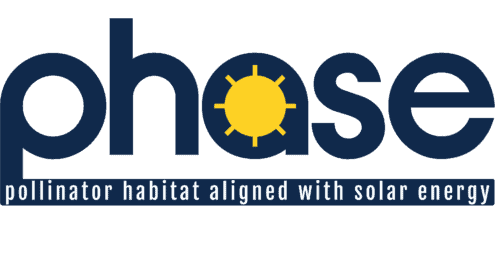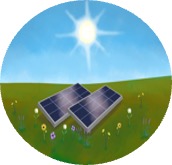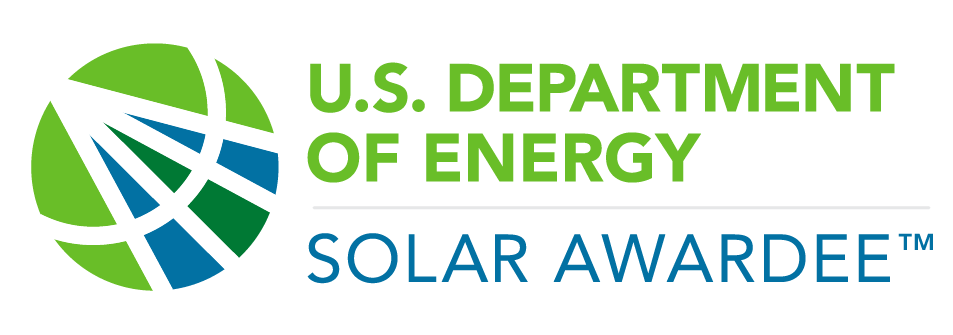
This four-year project, funded by the U.S. Department of Energy Solar Energy Technology Office, brings together leading researchers and large-scale solar developers to investigate the ecological and economic benefits as well as performance impacts of co-located pollinator plantings at large, utility-scale photovoltaic (PV) facilities.
The project will:
- Consider the impacts of scale and configuration of pollinator plantings on PV performance, installation and operational costs, and ecological benefits
- Focus on large-scale solar facilities that have capacities of 10 MW or greater.
- Perform field research and tool development to inform decisions on if, when, and how to incorporate pollinator plantings into solar projects.
- Engage solar industry partners and share findings with broader industry stakeholders.

News and updates
A Special Thank You to All Our Project partners

Development of the PHASE website was funded through the U.S. Department of Energy’s Office of Energy Efficiency and Renewable Energy (EERE) under the Solar Energy Technologies Office Award Number DE-EE0009371. The views expressed herein do not necessarily represent the views of the U.S. Department of Energy or the United States Government.








































